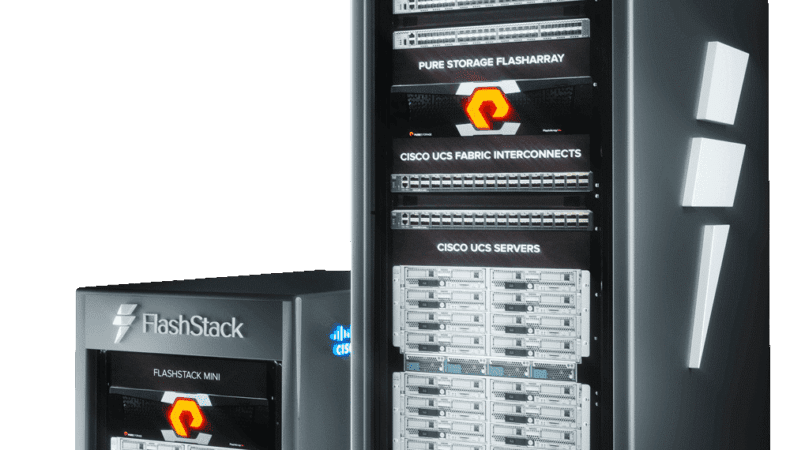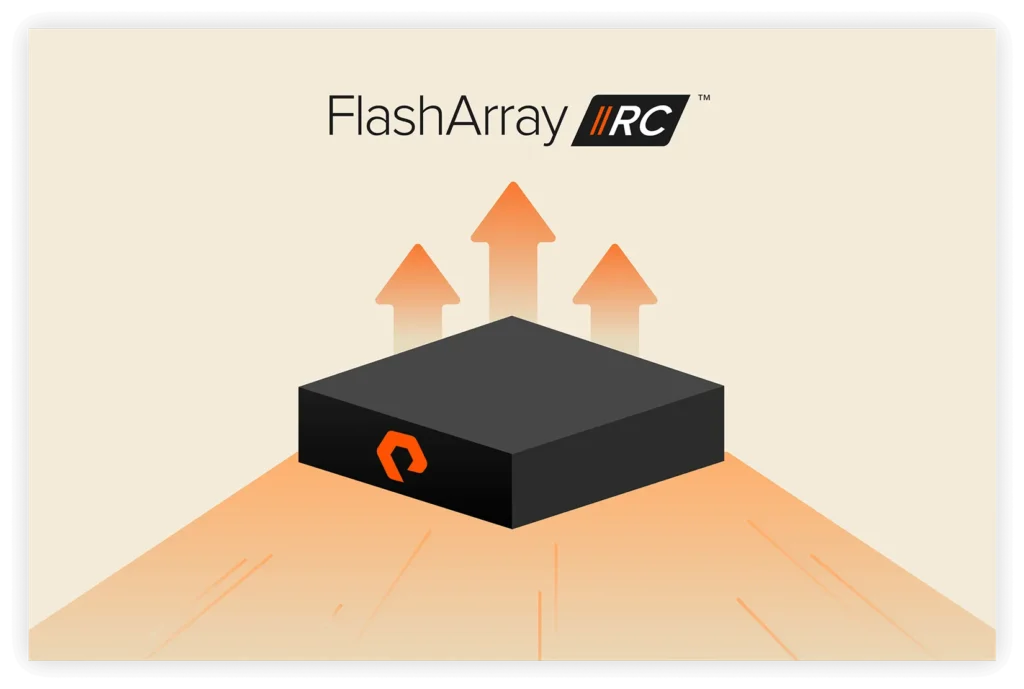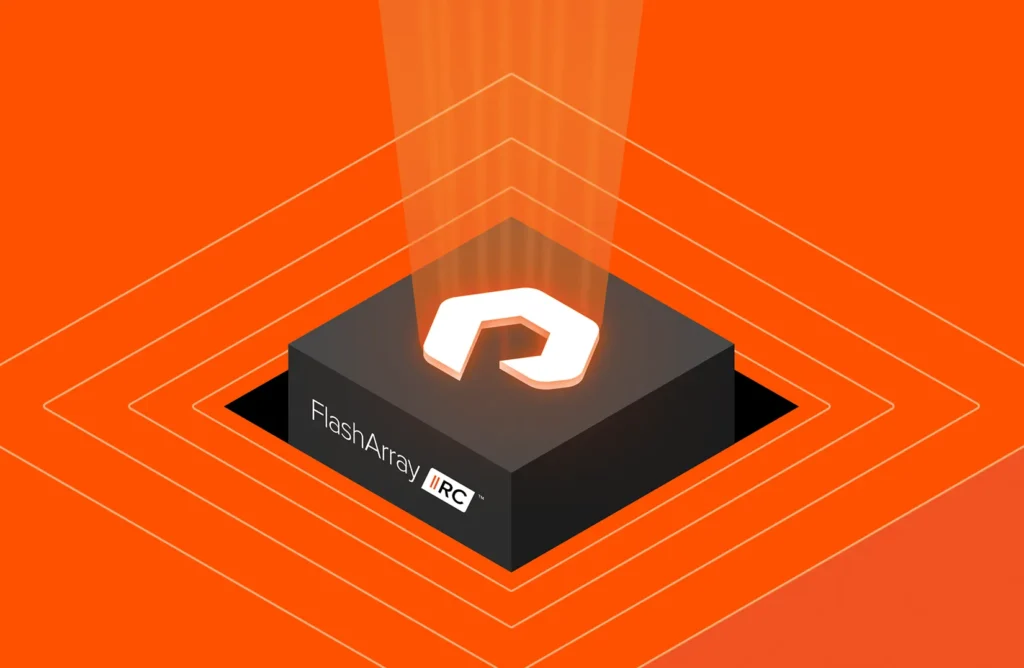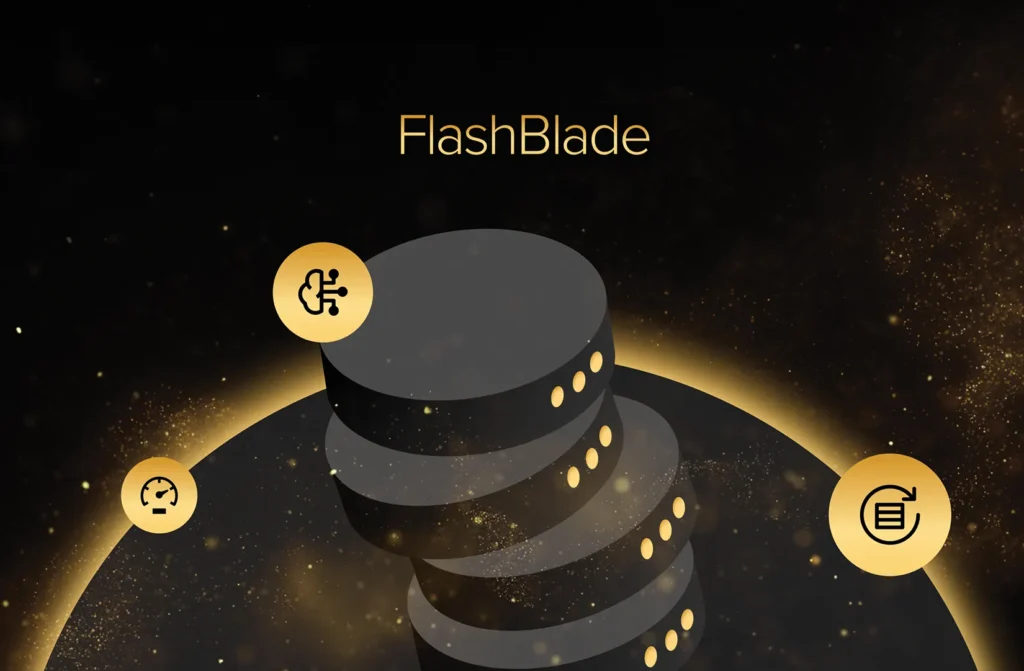This blog was originally published in 2018.
With the continual evolution of End-User Computing (also commonly referred to as Virtual Desktop Infrastructure, or VDI), we have seen so much progress with the type and scope of workers who can have their desktops and applications virtualized. The question has now become a matter of not ‘if’ but ‘to who’ a company should provide a VMware Horizon seat.
This continued progress means that single virtual desktop deployment sizes are continuing to grow to a scale that were unheard just a couple of years ago. Pure Storage and Cisco have seen this aggressive uptick in deployment sizes occurring first hand with our joint FlashStack customers and have recently released a Cisco Validated Design for 6000 VMware Horizon 7.4 users to show just how easy it is to implement, how truly performant such a setup is, and how it can fit within a single rack.

Within VMware Horizon itself, VDI administrators have a multitude of deployment options such as RDSH, Instant Clones and Full Clone Desktops that each have certain advantages for certain classes of user type.
As such, we can and do see a mixture of these deployment options as customers use each to address their unique end-user requirements. At such a scale, designing a solution that avoids bottlenecks, provides resiliency and (most importantly) a responsive end-user desktop is no small feat but our Cisco Validated Design has been created with the expressed purpose to give you both the blueprint and the benchmarking results from Login VSI to build and scale your VDI deployment with confidence. Smaller deployments have certainly not been left out, however, as we include design and testing results at the single server and cluster levels as well.
What you’ll learn with this Cisco Validated Design:
- How many VMs per host you can safely deploy using the latest UCS B200M5 servers with Intel Xeon processors (hint: a lot)
- What does cluster level performance of RDSH, Instant Clones and Full Clones look like individually at scale and all together
- Sizing recommendations for Windows 10 desktops and Windows Server 2016 RDSH
- How to build a truly resilient design where you can upgrade any individual piece without user downtime or any noticeable performance impact at any time
- How the Pure Storage FlashArray//X with our DirectFlash modules delivers a fast and efficient storage platform today while also positioning you to take advantage of what we will build tomorrow
- Detailed host, storage and Login VSI statistics (the industry standard VDI benchmarking tool) proves exceptional environment performance such as in this 6000 seat test below
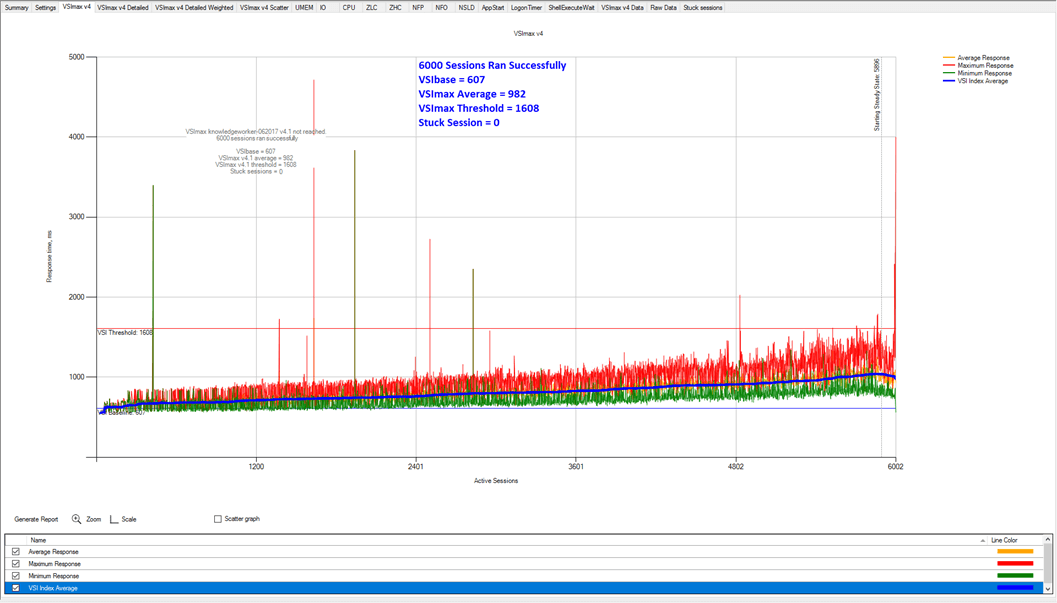 Every screenshot, every configuration setting and even the configurations from the MDS and Nexus switches are included in this document so that customers can create their VDI project on a rock-solid foundation with the vast majority of guesswork taken out. Each Cisco Validated Design represents hundreds of hours of work to provide a distilled and complete guide for setting up and scaling your project with ease.
Every screenshot, every configuration setting and even the configurations from the MDS and Nexus switches are included in this document so that customers can create their VDI project on a rock-solid foundation with the vast majority of guesswork taken out. Each Cisco Validated Design represents hundreds of hours of work to provide a distilled and complete guide for setting up and scaling your project with ease.
If you’re looking to deploy an end-user computing environment within your organization, click here to check out this new Cisco Validated Design.
